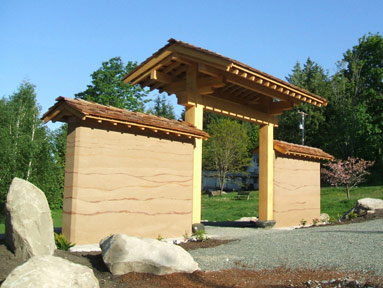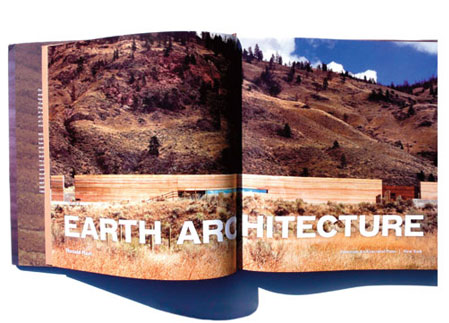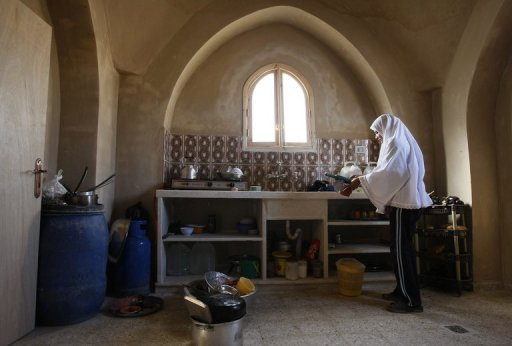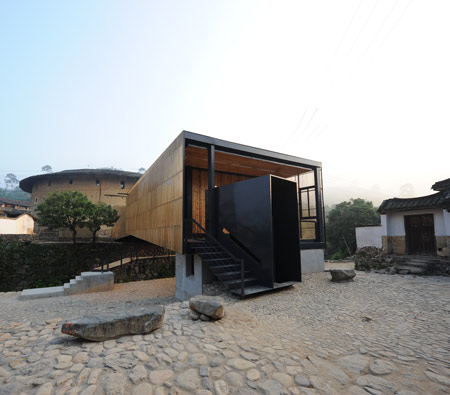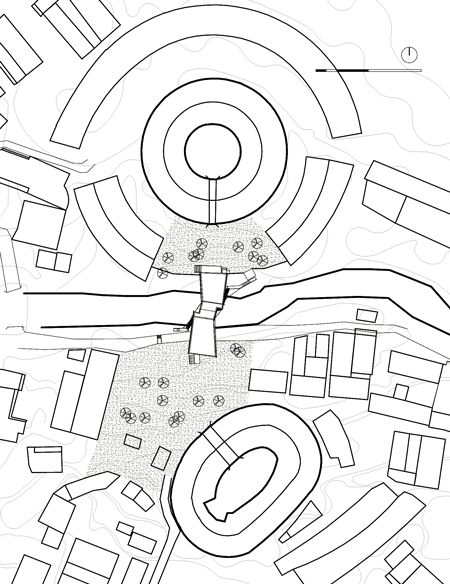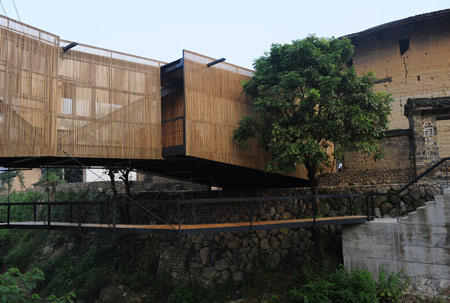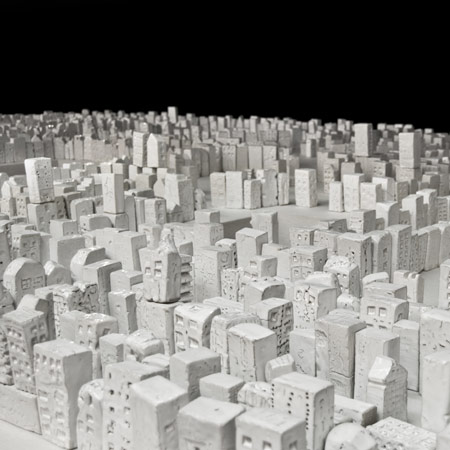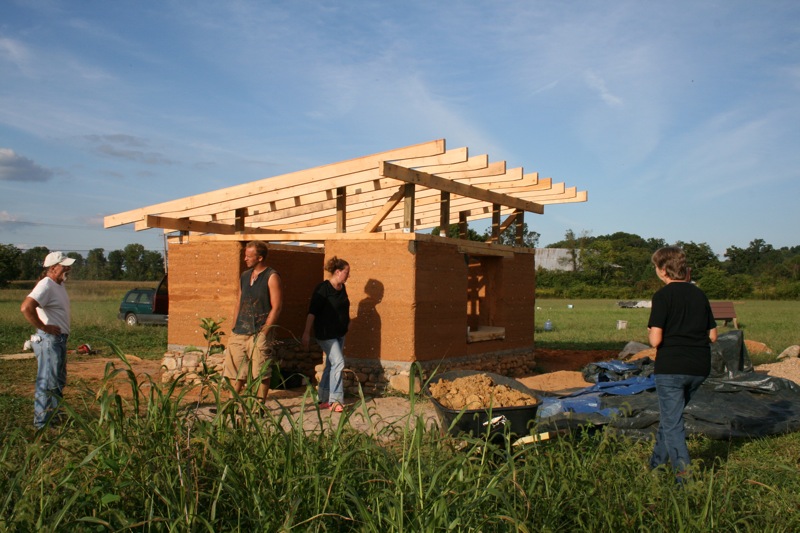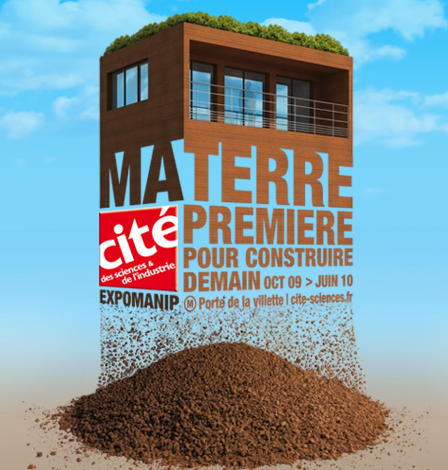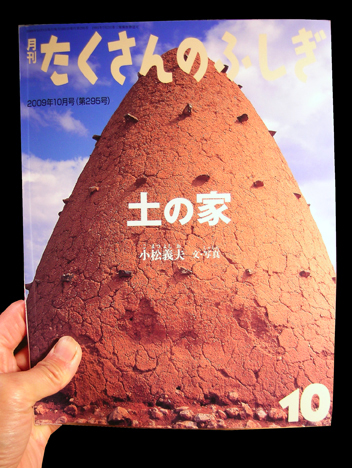FAL e.V. invites you to participate in our trainer courses 2010 Clay Plaster for trainers I and II, see below. For both courses you can apply for an individual grant within the European Programme Grundtvig. The grant covers basicly all costs: course fee, accommodation, full board and travel costs. Conditions for applying for a Grundtvig grant are: You live in one of the member states of the European Union ( exept Germany) and you work in or you are a member of an organisation, company, NGO .., which is more or less involved in adult education. This may also be a company training self builders or training on building sites. If you are interested in participating in our 2010 European courses and you want to ask for a Grundtivig mobility grant, the deadline for submitting your application is the 15 January 15th 2010. For information on the course and on how to obtain the grant please see http://lernpunktlehm.de/wp3/?page_id=324
Comenius/Grundtvig course DE-2010-1018-001
New Educational Approach in Sustainable Natural Building Part I
Clay Plaster – Module 1
Workshop for trainers and educators
Trainer: Burkard Rüger
May 15th – May 22nd 2010
Comenius/Grundtvig course DE-2010-1019-001
New Educational Approach in Sustainable Natural Building Part II
Clay Plaster – Module 2
Workshop for trainers and educators
Trainer: Irmela Fromme and Andrea Silbermann
Guest: Japanese master plasterer Harada
July 17th – July 25th 2010
Apply for a grant within the EU-Progamme Grundtvig!
You find the courses on the Grundtvig Data base http://ec.europa.eu/education/trainingdatabase/
Language: The course language will be mainly English. However our trainers speek English, French and German. If you are not familiar with these languages we can provide training materials also in Bulgarian, Czech, Polish, Greek, Slowenian and Slowak language. Ask your National Agency for Grundtvig on the conditions for applying for a grant. You will find the addresses of your national agency here.
Please contact herz@earthbuilding.eu, if you need more information. We also would like to inform you about the Grundtvig course” Permaculture Educators’ Course including Transition Initiatives, June 11th – 18th 2010 , by our partners Living House in Denmark. For more information contact:
Uta Herz
FAL e.V.
European School for Earth Building
www.earthbuilding.eu
Tel: 0049 30 41 716601
email: herz@earthbuilding

